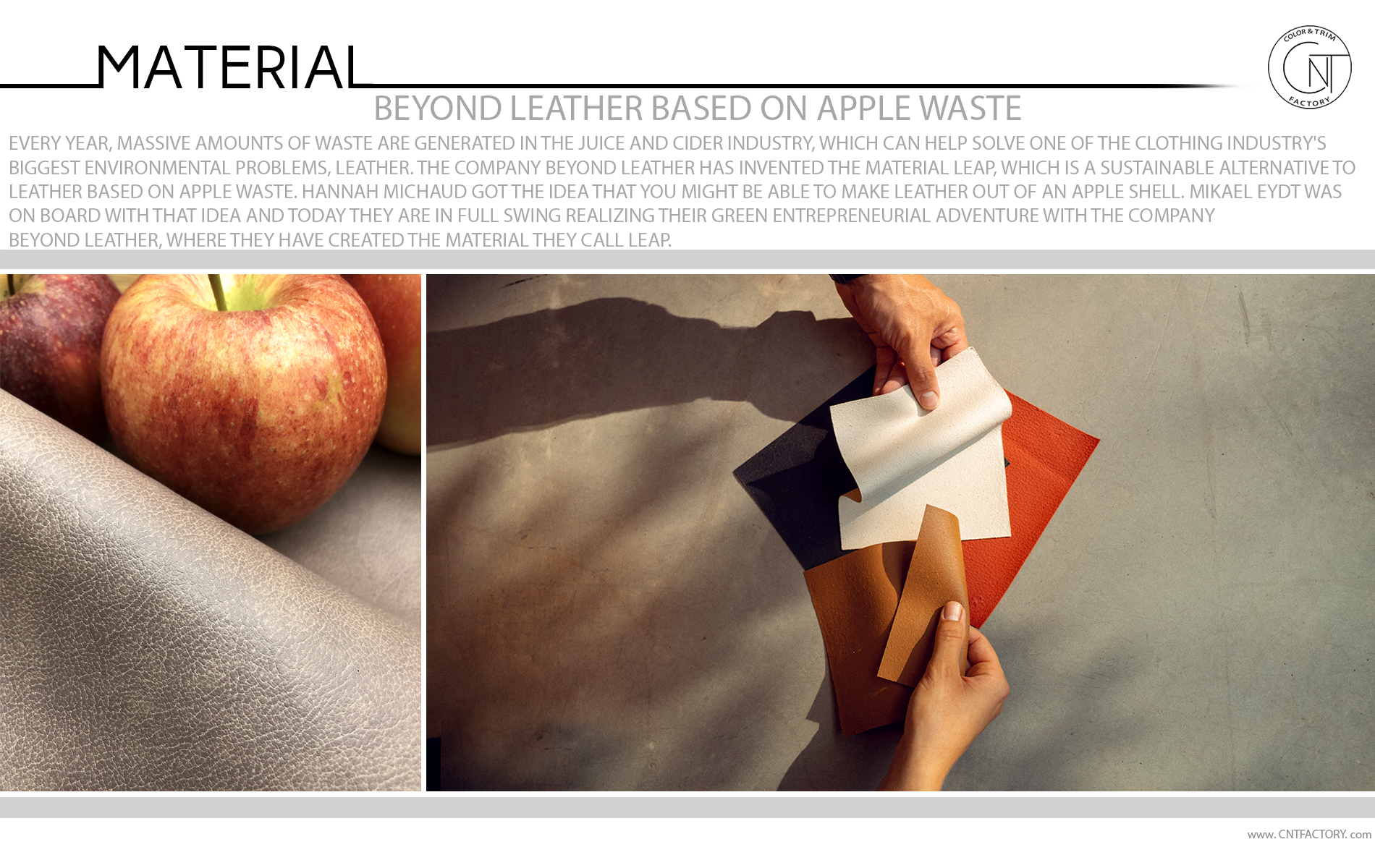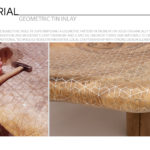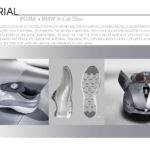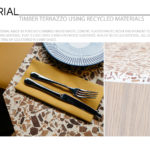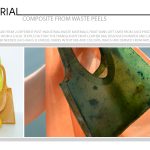Sorry, this content is for members only.
Join To View ThisRelated Post: NewspaperWood / Paper Folding Art / Woven Details
Every year, massive amounts of waste are generated in the juice and cider industry, which can help solve one of the clothing industry’s biggest environmental problems, leather. The company Beyond Leather has invented the material Leap, which is a sustainable alternative to leather based on apple waste.
Hannah Michaud got the idea that you might be able to make leather out of an apple shell. Mikael Eydt was on board with that idea and today they are in full swing realizing their green entrepreneurial adventure with the company Beyond Leather, where they have created the material they call Leap.
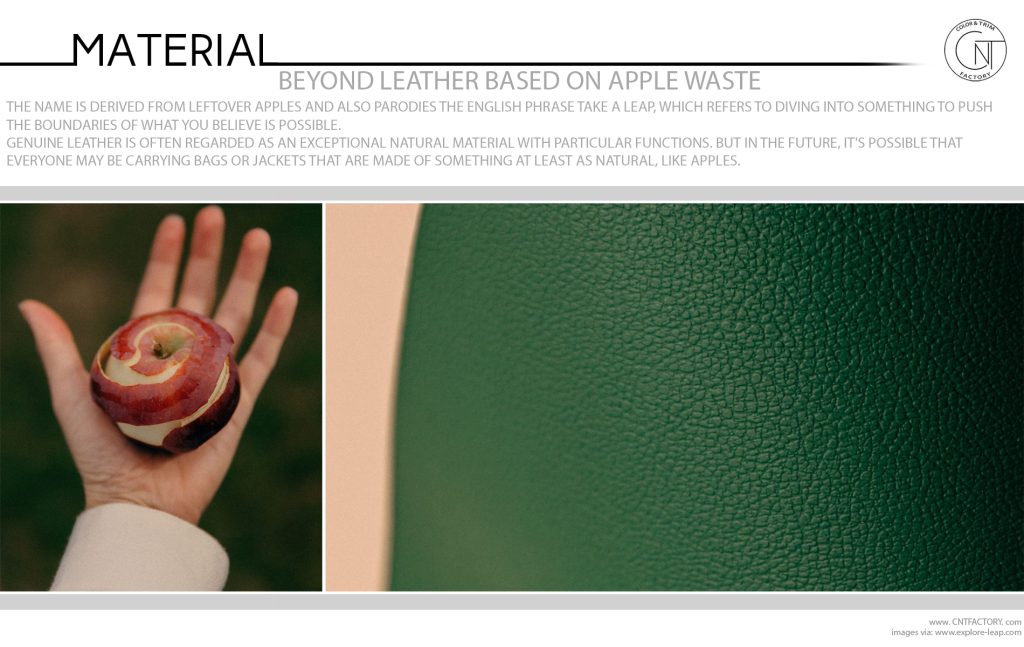
The name is derived from leftover apples and also parodies the English phrase take a leap, which refers to diving into something to push the boundaries of what you believe is possible.
Genuine leather is often regarded as an exceptional natural material with particular functions. But in the future, it’s possible that everyone may be carrying bags or jackets that are made of something at least as natural, like apples.
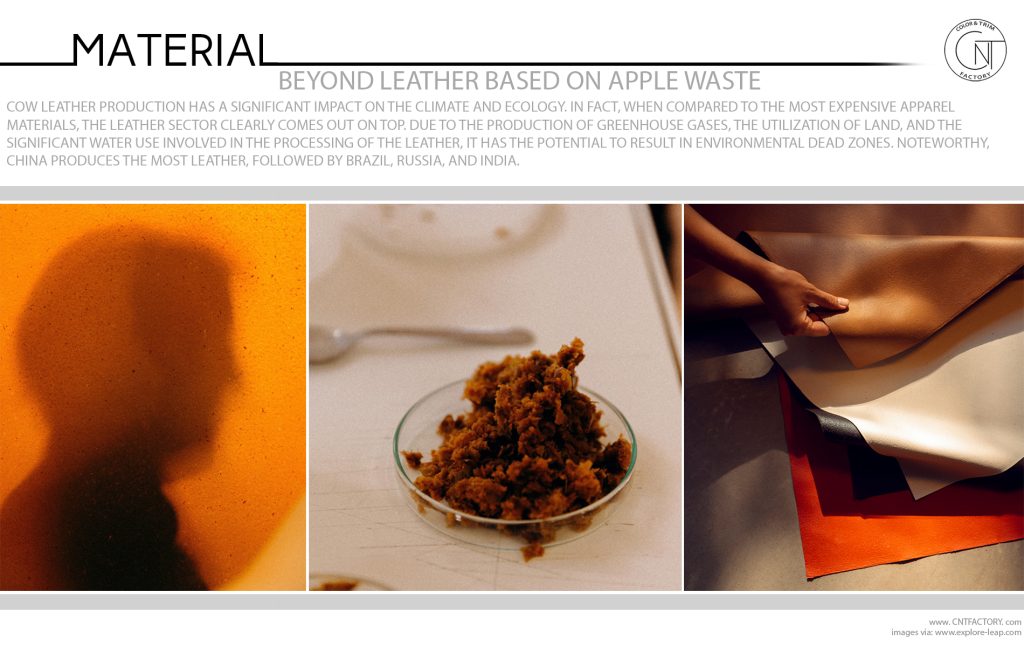
Cow leather production has a significant impact on the climate and ecology. In fact, when compared to the most expensive apparel materials, the leather sector clearly comes out on top. Due to the production of greenhouse gases, the utilization of land, and the significant water use involved in the processing of the leather, it has the potential to result in environmental dead zones. Noteworthy, China produces the most leather, followed by Brazil, Russia, and India.
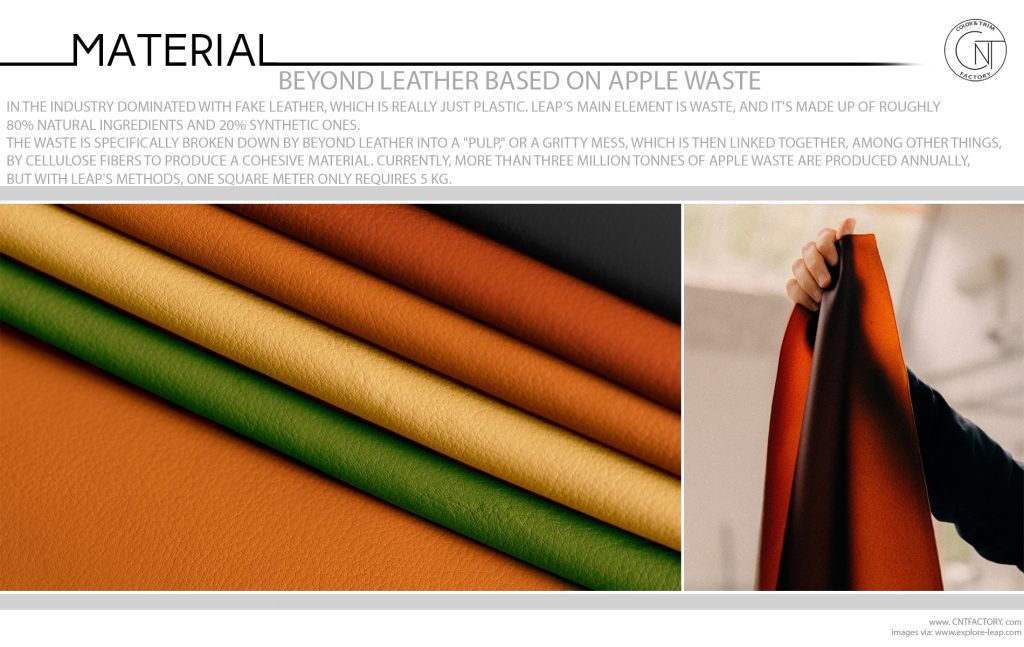
In the industry dominated with fake leather, which is really just plastic. Leap’s main element is waste, and it’s made up of roughly 80% natural ingredients and 20% synthetic ones.
The waste is specifically broken down by Beyond Leather into a “pulp,” or a gritty mess, which is then linked together, among other things, by cellulose fibers to produce a cohesive material. Currently, more than three million tonnes of apple waste are produced annually, but with Leap’s methods, one square meter only requires 5 kg.

